Did you know that global ecommerce sales are set to reach $2,774 trillion by 2018? However, most ecommerce businesses are still plagued with low mobile conversion rates. As of Q1, 2017, global conversion rates for desktops hovered at 3.63%, and that of smartphones was lower, at 1.25%.
This raises the question, “Why are desktop conversion rates far better than those of mobile?”
Here are some reasons why:
- Desktop users enjoy faster page loading speeds.
- Desktop users find it easier to access the main menu.
- The search bars are more prominent on desktop.
- Product categories, images, and descriptions are clearer on desktop versions.
The ubiquitous smartphones are ruling the roost, resulting in a heavy rush in online traffic. Today, more than 52% of global web traffic is generated from smartphones.
So, creating a friendly shopping experience for mobile users is a must to boost mobile conversion rates. If you don’t, you’re likely to miss a huge chunk of business from these users.
Table of Contents
How Can You Optimize Your Mobile Conversion Rates?
The conversion rate optimization strategies that you use for desktop may not necessarily work for your mobile users. Of course, the general principles and themes are similar. However, the numances are different. This makes mobile CRO a different ball game.
Let’s take a closer look at what you can do to optimize your mobile conversion rates:
1. Optimize the Performance of Your Mobile Website
Painfully slow loading speeds of websites can frustrate any user. A study found that 53% of users leave if a mobile site takes more than 3 seconds to load. However, the same study also found the 3 out of 4 mobile sites have load times of over 10 seconds.
Mobile sites that load in 5 seconds or less generate 2X the revenue from mobile ads than those which take longer. Now you know why speed is important when it comes to loading times of your mobile site. And unless you drastically improve the loading speed of your mobile web pages, you won’t get decent mobile conversion rates.
So how can you improve your mobile website performance and mobile conversion rates? Here’s how:
- Focus on reducing the number of server requests. This means assessing the types of requests to find out the benefit it offers. For example, are you using too many analytics trackers? Or are your ad setups the culprit?
- Run diagnostics to check which files are using up most of the bytes of your pages. Large files take more time to be downloaded. So cutting down file sizes makes good sense. You can do this by reducing image sizes to fit mobile screens and keeping the number of fonts minimal. Bulky ad techs and videos can weigh your site down.
- Prioritize the elements that needs to be displayed above the fold instead of having everything load at the same time. Multiple ad tech requests or large file requests can slow down the loading speed of your site.
Is that all?
Nope, you can use some valuable tools to examine and assess your mobile site performance and boost mobile conversion rates.
What are those tools?
Some of them include:
- Mobile-Friendly Test – This is a useful tool that will tell you whether your site is mobile-friendly or not.
- Google Analytics – This will allow you to see how fast users are able to engage with your content and where the bottlenecks are.
- WebPageTest – This tool will run various speed tests on your website and conduct various optimization checks. And finally it will provide you recommendations for any improvements that you can make to boost your mobile conversion rate.
- Chrome DevTools – These tools will help you track issues with layouts or JavaScript and provide suggestions for optimization.
2. Allow the Use of Digital Wallets
Typing in tons of information is not only irksome but also more difficult to carry out on a mobile screen. Even if they like your products, they might just abandon their carts if they have to enter their payment information. Because it’s cumbersome to do so on a mobile device. And as you can imagine, this can drastically lower your mobile conversion rates.
So, how do you get around this problem? By allowing the use of digital wallets for payment on your website. Essentially, it’s a service that lets consumers save their payment details online but in a way that’s extremely secure. Due to multiple layers of encryption integrated in mobile wallets, consumers can make payments safely and conveniently.
To optimize your mobile conversion rates, integrate digital wallets like Amazon Pay, PayPal, or Apple Pay into your store. A study by Baymard Institute found that 19% of shoppers abandon carts because of security concerns over sharing payment details. Mobile wallets can combat this issue head-on.
Looking for a good example?
Here’s an example from a mobile phone mounting solution provider, Nato Smart Mount.
When you add any product to your cart using their mobile site, you’ll see the option of making a payment using Amazon Pay. This is in addition to the usual payment option using your credit card.
The presence of a digital wallet makes it convenient for shoppers and is a great way of increasing mobile conversion rates.
3. Adopt a Responsive Design
Trust is one of the primary drivers of purchases online. And the look of your website can greatly impact your credibility in the minds of your potential customers.
What does this mean?
If your mobile site is unresponsive and badly-designed, it comes across as really amateurish. Your potential customers perceive you as someone who has no idea what they’re doing. This impacts credibility and trust. And consequently lowers your mobile conversion rates.
65% of the traffic to ecommerce stores on Etsy comes from mobile shoppers. It’s clear that Etsy knows how to boost their mobile conversion rates.
One of the most important reasons why these people love shopping from Etsy is due to the responsive design. Look how clean and responsive their mobile site is.
4. Improve Navigation
If your mobile site is not easy navigable, it can negatively impact your mobile conversion rates.
Why so?
That’s simply because customers will be completely clueless about where to click and where to go. This will greatly impact their experience and will encourage them to leave.
However, if you can deliver a great user experience, it will certainly lead to much better mobile conversion rates.
What can you do about it?
Ensure that mobile users are able to navigate through your site with minimum effort and find what they are looking for. Arrange all the page elements in a neat order. This will help users browse through effortlessly and in a systematic way.
Make sure that your images are displayed clearly followed by pricing information. Make your CTA button prominent, and product descriptions should be accessible by simply scrolling down the page.
An uncluttered page ensures greater readability. Here’s an example from Beauty Bridge, a cosmetic brand. You can see how easy their navigation menu looks on the mobile site. Also their product pages are uncluttered giving a great user experience. While it may seem like a tiny thing, it can impact your overall mobile conversion rates.
5. Remove Autoplay Videos and Pop-Ups
There’s no denying that pop-ups when implemented correctly are extremely effective at generating leads. However, when it comes to the mobile experience, there is probably nothing more annoying than these. Not only are they intrusive but also prevent users from being able to view what they really want.
The result? Greater bounce rates and lower mobile conversion rates.
The Coalition for Better Ads conducted a study about online ads in which they surveyed over 25,000 people. According to this study, the following are some of the most detested ad types on mobile sites.
- Pop-ups
- Auto-playing videos
- Animations that keep flashing
- Ads having a countdown before dismissing
- Mobile web pages having greater than 30% ads
So, if your mobile site uses any such pop-ups, videos, or animations, remove them now. This can have a great impact on your mobile conversion rates.
6. Create Clear Product Category Pages
One of the most important, yet ignored aspects of mobile conversion rate is the product category pages.
The way you design your category pages decides how easy or tough it is for customers to find what they want. Indirectly, it impacts their purchase decisions.
The mobile version of a site limits the number of categories that you can see at once.
So, how do you find in everything without confusing your users?
Here are some tips:
- Add a back button
- Ensure that your breadcrumb links are large and easy-to-click
- Divide your products into logical categories and subcategories
- Make sure that the most important categories are easily visible.
7. Provide a Seamless and Easy Checkout Process
One of the main reasons why customers abandon shopping carts is due to inconvenient checkout processes.
In fact, Baymard Institute found that 28% of people abandon carts if the checkout is long and complicated. Another 37% of people ditch their carts if the site mandates creating an account.
These issues are even more marked in the mobile experience and can directly impact mobile conversion rates.
So, how do you provide a seamless and easy checkout process?
- Keep the mobile check out page as short as possible.
- Don’t clutter the page with too many fields.
- Don’t insist on the user creating an account to purchase.
- Make sure that the total cost of cart items is displayed prominently.
- Provide easy payment methods with gateways that process the requests fast.
Here’s a great example of a mobile checkout page. Not only does it allow the option of checking out as guest but also the option of using Amazon Pay.
It also prominently displays the cart value so that customers know exactly how much they’re paying for. To improve your mobile conversion rate, you should provide such a seamless checkout experience.
8. Focus on Mobile SEO
Google uses mobile-first indexing.
What does this mean?
The mobile version of your web page is crawled first. If it doesn’t exist, then the crawlers look for the desktop site. Your mobile site is what you impacts your online visibility.
Above, we’ve covered most of the things you need to do to optimize your site for mobile SEO. These include a responsive web design, improved navigation, and a great user experience.
In addition to this, it’s also important to use the right keywords in your titles and meta descriptions.
Google’s crawlers can’t really understand the context of a video. They crawl the text along with it to make sense of what the video is about. If you want to get indexed, you need to ensure your mobile SEO game is strong. With that you can expect a boost in your mobile conversion rate.
Final Thoughts
A great user experience goes a long way in increasing mobile conversion rates – which is what ecommerce today is all about. So make sure that you use the strategies mentioned above to optimize your mobile website.
Can you think of any other effective ways to optimize your mobile conversion rates? Let me know in the comments below.

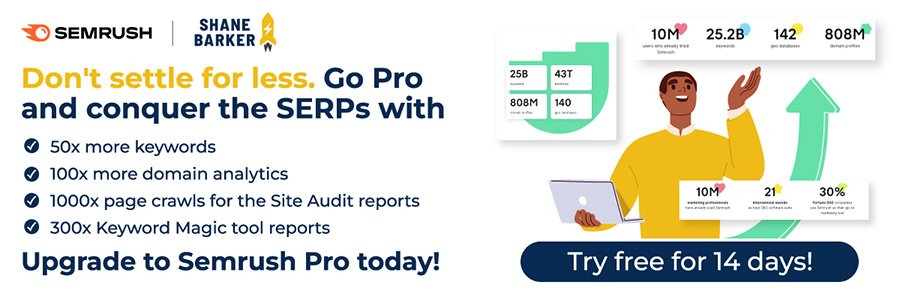

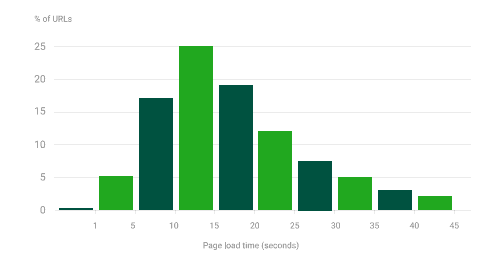
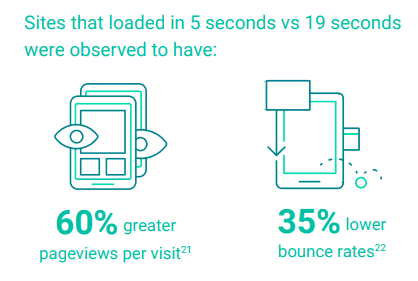

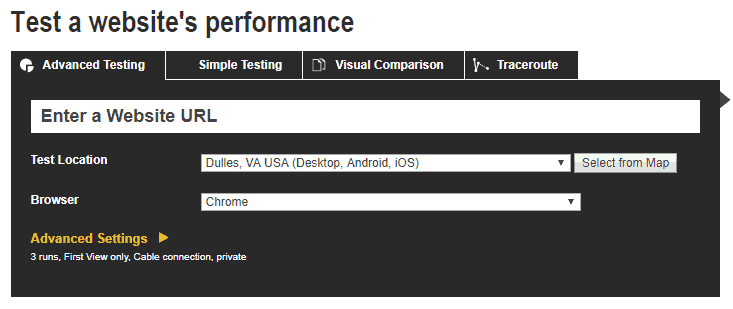
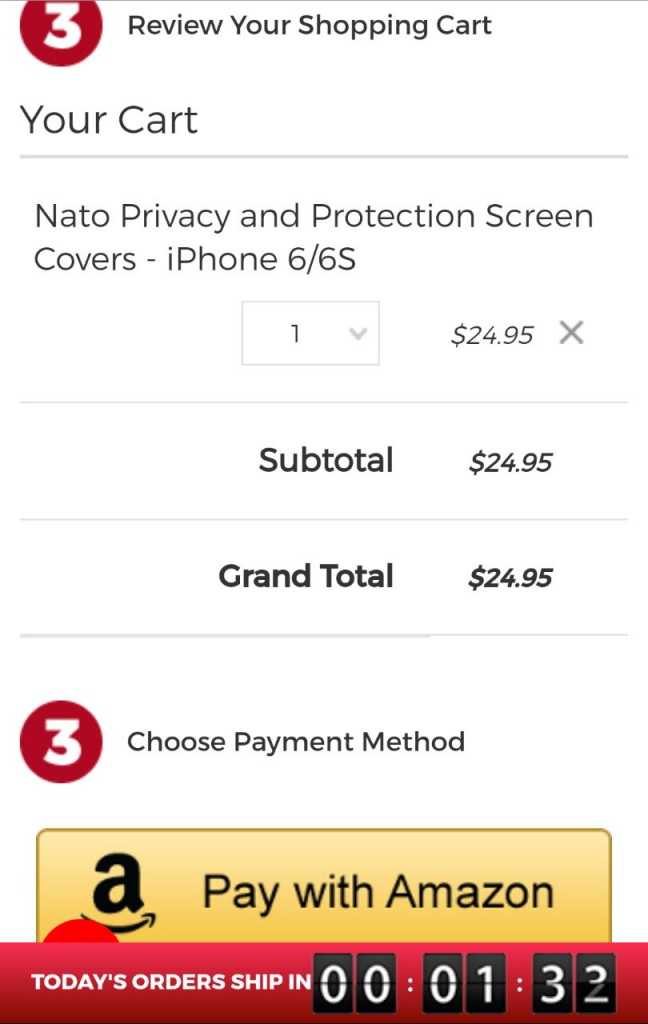
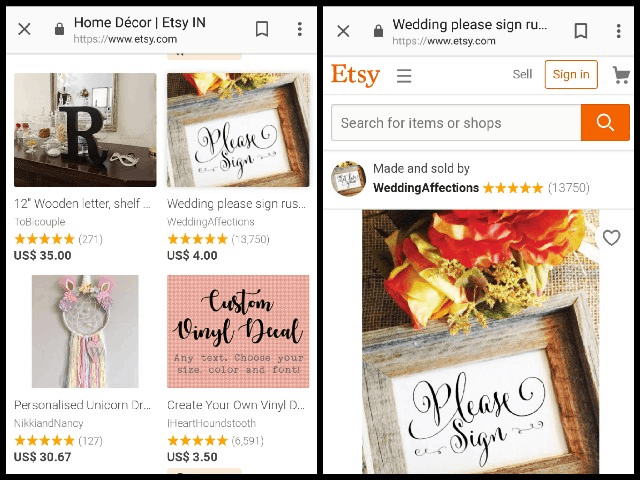
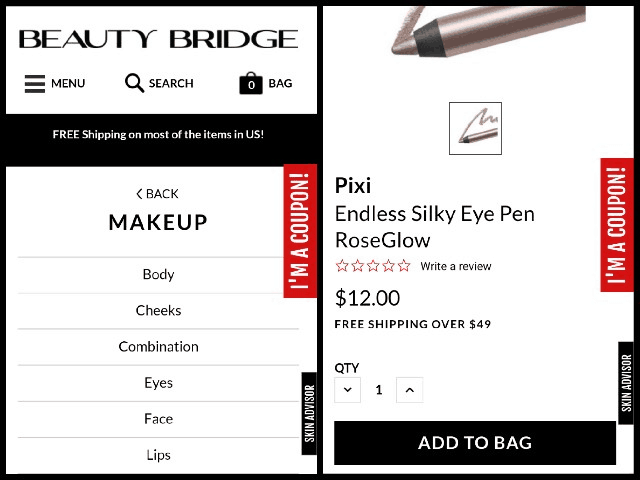



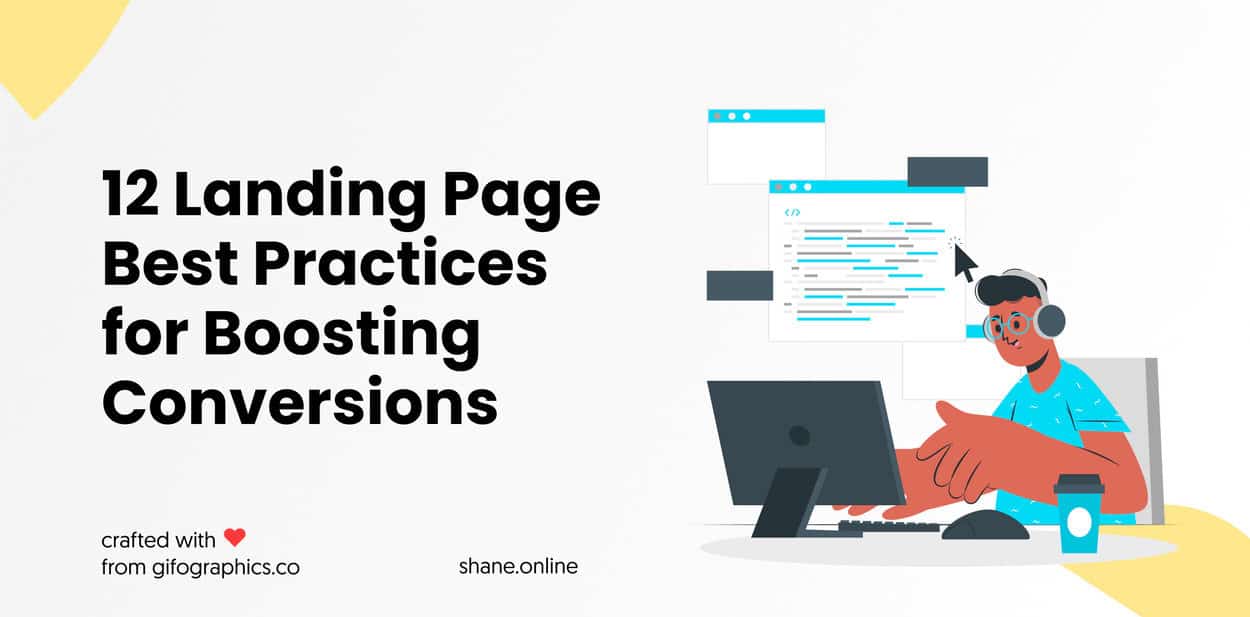
![41 best tools for building a profitable sales funnel in [year] 21 41 best tools for building a profitable sales funnel in 2021](https://shanebarker.com/wp-content/uploads/2020/08/41-Best-Tools-for-Building-a-Profitable-Sales-Funnel-in-2021.jpg)
![top 37 cro tools (free & paid) you need to try in [year] 22 top 37 cro tools (free & paid) you need to try](https://shanebarker.com/wp-content/uploads/2018/02/Top-37-CRO-Tools-Free-_-Paid-You-Need-to-Try.jpg)







Great blog post. Really looking forward to read more. Great!
I’m glad you liked my post on effective ways to optimize mobile conversion rates. Keep coming back for more such information.